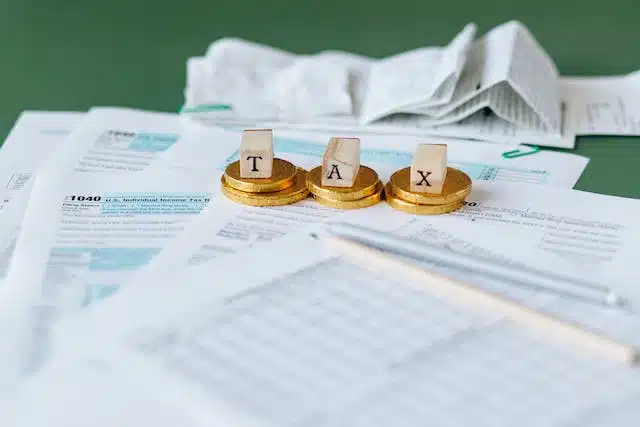Home » Blog » Car » Car Lifestyle » Everything You Need to Know About Luxury Car Tax in Australia
Categories
Tags
animal welfare
breed profile
buying a car
buying a pet
Car
car accessories
car care
car features
car insurance
Car safety
car sales
car service
cat
cat behaviour
cat body language
Cat Breeds
cat food
cat insurance
comprehensive car insurance
Dog
Dog Behaviour
dog body language
Dog Breeds
dog food
Dog Insurance
dog training
eco friendly cars
Kitten
New Car
pet accessories
pet activities
Pet Adoption
pet breeders
pet days of the year
pet fun stuff
Pet Health
pet insurance
pet parenting
Pet Safety
pet services
Puppy
rescue pets
road safety
road trip
safe driving
Recent Blog:
Facebook Posts
1 day ago
Growing old sometimes means we can’t take care of pets anymore. Find out some advice on what to do when this happens:![]()
![]() Senior Pet Parents – Contingency Plans for Your Pet – bit.ly/44bzwkS
... See MoreSee Less
Senior Pet Parents – Contingency Plans for Your Pet – bit.ly/44bzwkS
... See MoreSee Less
Senior Pet Parents' Contingency Plans for Pets
www.pd.com.au
Sometimes senior pet parents need more downtime. For older pet owners, this can be tricky to navigate if their dog or cat is full of beans and wants to3 days ago
Before you rev up the engine, let’s run through a checklist of things to do before starting your car. Not only do these steps ensure your safety (and that of others around you), but they also help in maintaining your vehicle's longevity.![]()
![]() Driving Tips: Your Checklist Before Starting Your Car -
... See MoreSee Less
Driving Tips: Your Checklist Before Starting Your Car -
... See MoreSee Less
Driving Tips: Your Checklist Before Starting Your Car
www.pd.com.au
Heading out for a drive? Hold up a second! Whether you're dashing off to work, running errands, or embarking on a road trip adventure, there are a few1 week ago
Are intestinal worms setting up camp in your dog’s gut without paying rent? Here’s how to spot the main culprits and get rid of them too:![]()
![]() Preventing, Identifying and Treating Intestinal Worms in Dogs - bit.ly/43YjCKu
... See MoreSee Less
Preventing, Identifying and Treating Intestinal Worms in Dogs - bit.ly/43YjCKu
... See MoreSee Less
Preventing, Identifying and Treating Intestinal Worms in Dogs
www.pd.com.au
Intestinal worms, such as roundworms in dogs are one of the least glamorous topics on the planet. These intestinal parasites that basically use our dogsAre you considering splurging on a high-end set of wheels? If so, you’ll definitely want to get savvy about the Luxury Car Tax (LCT) in Australia. Whether you’re dreaming of a sleek sports car or a high-performance SUV, understanding the LCT threshold is crucial. It could be the deciding factor between the car of your dreams and an unexpected financial surprise.
In this blog post, we cover what it is, how it’s calculated, and who needs to pay it. Plus, we’ll explore some nifty tips on how to potentially reduce or avoid this tax altogether.
In this article
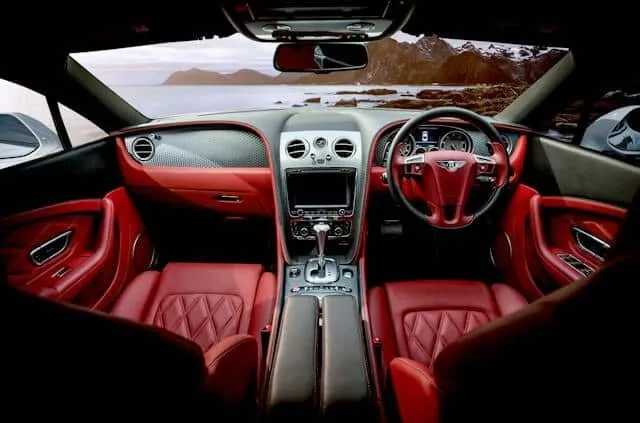
What is the Luxury Car Tax in Australia?
The Luxury Car Tax (LCT) in Australia is a tax on cars that are above a certain price threshold. As of the 2023-24 financial year, there are two key LCT thresholds to be aware of:
- For fuel-efficient vehicles: The LCT applies to cars priced above $89,332. These are vehicles that have better fuel efficiency, generally consuming less than 7 litres of fuel per 100 kilometres. These would generally include electric cars.
- For other vehicles: The LCT applies to cars priced above $76,950.
If a car’s value exceeds these LCT thresholds, tax is charged at a rate of 33% on the amount that goes over the threshold. This means if you buy a car that’s above these price limits, you’ll pay an additional 33% tax on the portion of the price that’s above the limit.
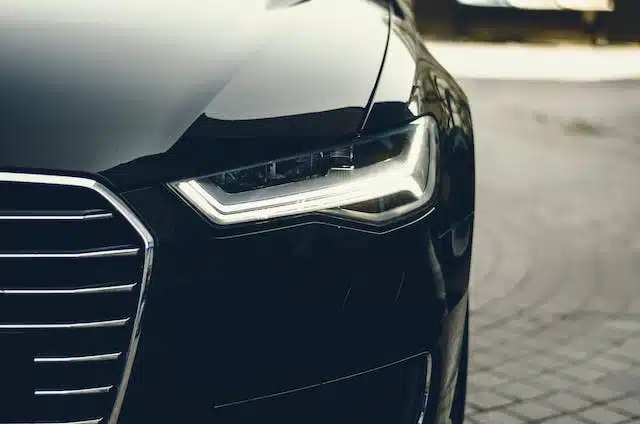
Examples of the Luxury Car Tax
So how does this work in action? Here are some examples:
If you buy a non-fuel-efficient car for $100,000, you’ll pay 33% LCT on the amount that exceeds $76,950. This tax is typically included in the price of the car and is paid by businesses (like car dealerships) who sell or import luxury cars. However, if an individual imports a luxury car, they would need to pay this tax directly.
It’s important to note that the LCT is calculated on the Goods and Services Tax-inclusive value of the car, but it doesn’t include other fees or charges like insurance and registration.
Are there any exemptions?
Yes, there are some exemptions to the LCT. For instance, commercial vehicles designed mainly for carrying goods and not passengers are exempt. Also, cars modified for people living with disabilities might be exempt if the modifications push the car’s price over the threshold.
The LCT is a part of the Australian taxation system and is something to consider if you’re thinking of buying a luxury car, as it can significantly increase the overall cost.
PS – Seeing as you may be in the market for a luxury car, check out these 5 New Cars Hitting Roads In 2024.
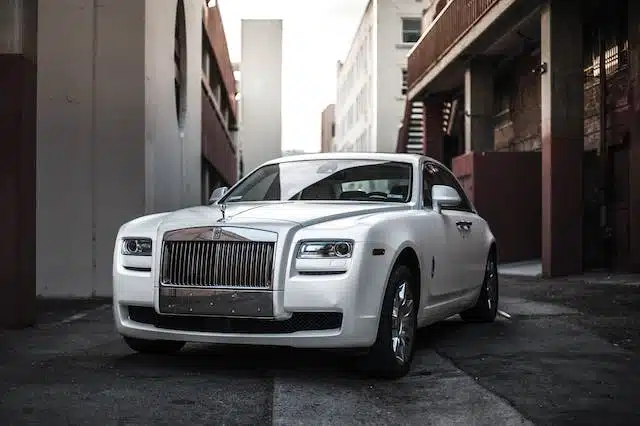
Why does the Luxury Car Tax exist?
Australia has the Luxury Car Tax (LCT) for a few reasons.
Firstly, it helps the government collect funds for use elsewhere that benefits our community. When people buy luxury cars, they pay extra in taxes, and that money goes into the government’s kitty to pay for things like public services and infrastructure.
Secondly, the LCT was originally introduced to protect the local car industry. By making luxury imports more expensive, it encouraged people to buy cars made in Australia, supporting local jobs and manufacturing.
Thirdly, it’s seen as a way to make the tax system fairer. Luxury cars are often bought by people with higher incomes, so by taxing them more it redistributes some of the tax burden from those who can’t afford expensive cars to those who can.
Lastly, in recent years, the LCT has started to consider environmental factors. It encourages the purchase of more fuel-efficient luxury cars by setting a higher threshold for these vehicles, which aligns with the country’s environmental goals.
For more detailed information, you can refer to the Australian Taxation Office website.
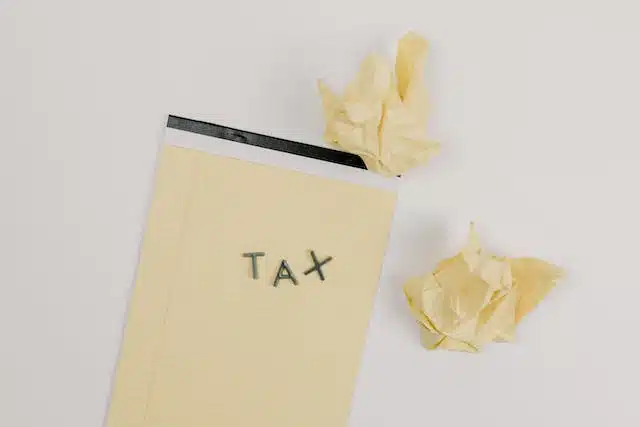
How can I avoid the Luxury Car Tax in Australia?
Avoiding the Luxury Car Tax in Australia can be tricky since it’s designed to apply to most new and imported luxury cars. However, there are a few strategies you might consider:
Buy below the threshold
The most straightforward way is to purchase a car that’s priced below the LCT thresholds. For the 2023-24 financial year, the thresholds are $89,332 for fuel-efficient vehicles and $76,950 for other vehicles. Staying under these limits means you won’t trigger the LCT.
Consider fuel-efficient vehicles
If you’re eyeing a pricier car, going for a fuel-efficient model might be a good idea. The LCT threshold for fuel-efficient cars (those with better fuel consumption) is higher than for standard cars.
Look for used cars
Generally, LCT applies to cars less than two years old. So, buying a used luxury car that’s more than two years old could help you avoid the tax.
Check for exemptions
As mentioned, there are specific exemptions to the LCT – so keep those in mind if you’re looking to buy a commercial vehicle primarily designed for carrying goods and not passengers, or a car modified for people living with disabilities.
Plan for modifications after purchase
If you need to modify a car for disability purposes, it might be more cost-effective to purchase a car below the LCT threshold and then carry out the modifications. Read about converted car modifications for drivers with disability here.
Consider your business needs
If you’re buying a luxury car for business purposes, remember that LCT is a part of the car’s price and may be tax-deductible as a business expense. This doesn’t avoid the LCT but can offset some of the financial impact.
Get professional advice
If you’re unsure about the best approach or how the LCT applies in your situation, it might be wise to consult with a tax professional. They can provide tailored advice based on your specific circumstances.

The Luxury Car Tax in Queensland and Victoria
In both Queensland and Victoria, there are specific additional charges related to the purchase of luxury vehicles. These are on top of the Luxury Car Tax (LCT) mandated by the Australian government.
In Victoria, there’s been an extra levy on luxury vehicles since 2019. If a vehicle is priced between $100,000 and $150,000, a 7% additional charge is levied and for vehicles priced above $150,000 the charge increases to 9%. This means that for high-value cars, buyers in Victoria face a significant additional cost.
Similarly, Queensland has implemented an extra 2% stamp duty for vehicles that are priced over $100,000. This additional stamp duty is applied to the purchase price of the vehicle, increasing the overall cost for buyers of luxury vehicles in Queensland.
PS: If you’re delving into cars and tax, read more on claiming car expenses for business purposes and on tips for claiming car expenses on your tax returns if you’re just a regular individual.
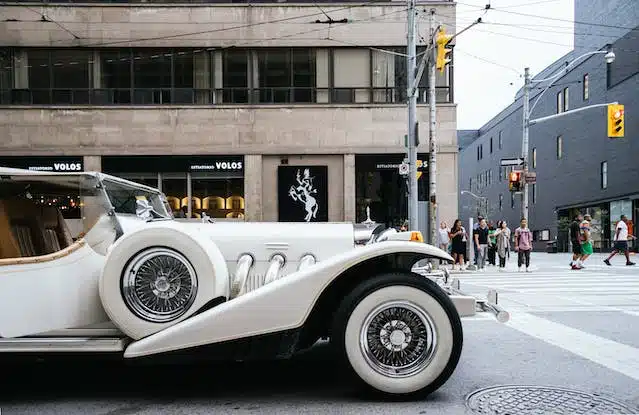
Insurance for your wheels
Lastly, whether you drive a luxury car or not, comprehensive car insurance can help set your mind at ease. Your policy helps pay for damage you cause to other people’s car plus damage done to your car and it helps pay for replacement if your car is stolen or written off.
There are a bunch more perks, depending on which of the different types of car insurance you choose. We’ve designed each to suit a different budget and level of cover – it’s up to you.
Click below to start your quick car insurance quote.
Share On:

